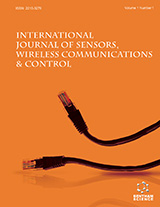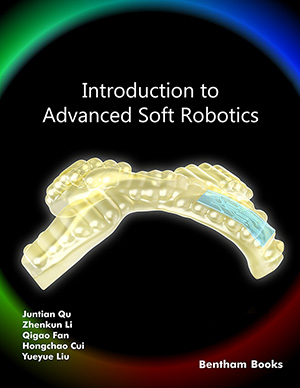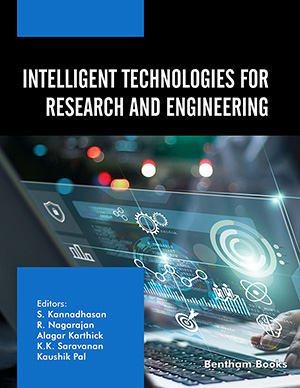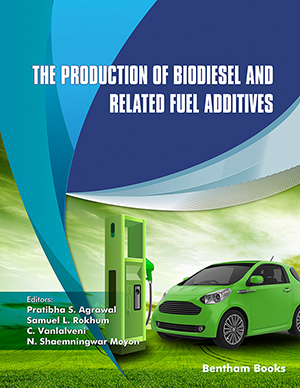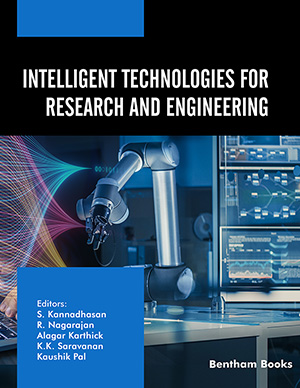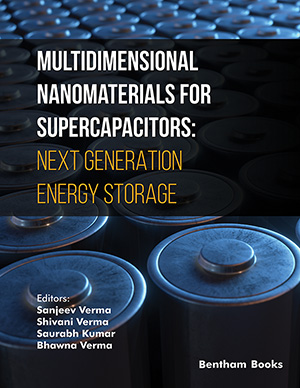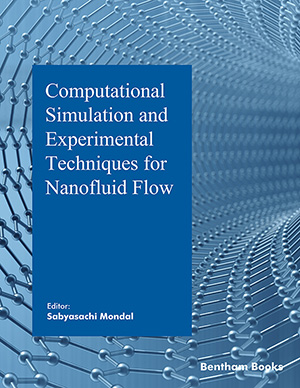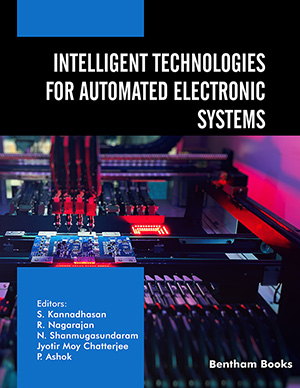Abstract
Selective laser melting technology has the advantages of rapid manufacture, high precision, and the ability to produce fine structures. Medical implants made using selective laser melting technology have high precision and excellent mechanical properties that meet the needs of patients and make medical implants more promising in the medical field. This paper reviews the progress of research on selective laser melting of medical implants. This paper draws on numerous journals and patents. This paper firstly reviews the classification of medical implants, mainly including hip implants, knee implants, maxillo-craniofacial implants and spinal implants. Secondly, the common porous structure design methods, the effect of porous structure on the mechanical properties of the implant, and the effect of pore structure on the growth properties of porous titanium alloy bone are summarised. Finally, the process of manufacturing titanium alloy implants by selective laser melting technology is described. Medical implants made by selective laser melting have excellent properties and are widely used in the medical field. Compared to traditional mechanical processing methods, selective laser melting technology can better preserve the properties of the raw material, while providing higher precision and faster preparation. However, selective laser melting has a number of drawbacks, including differences in material microstructure, reduced strength and plasticity, inadequate surface treatment, and enhanced safety and reliability. Further scientific research and technological innovation are needed to solve these problems. In the future, as technology continues to innovate and develop, SLM technology will become more mature, resulting in implants that are more natural, suitable for the body and long-lasting. At the same time, as implants are personalised, there will be a huge market demand and development opportunities. In addition, the continuous improvement of regulatory policies is expected to further promote the market development and application of medical implants.








